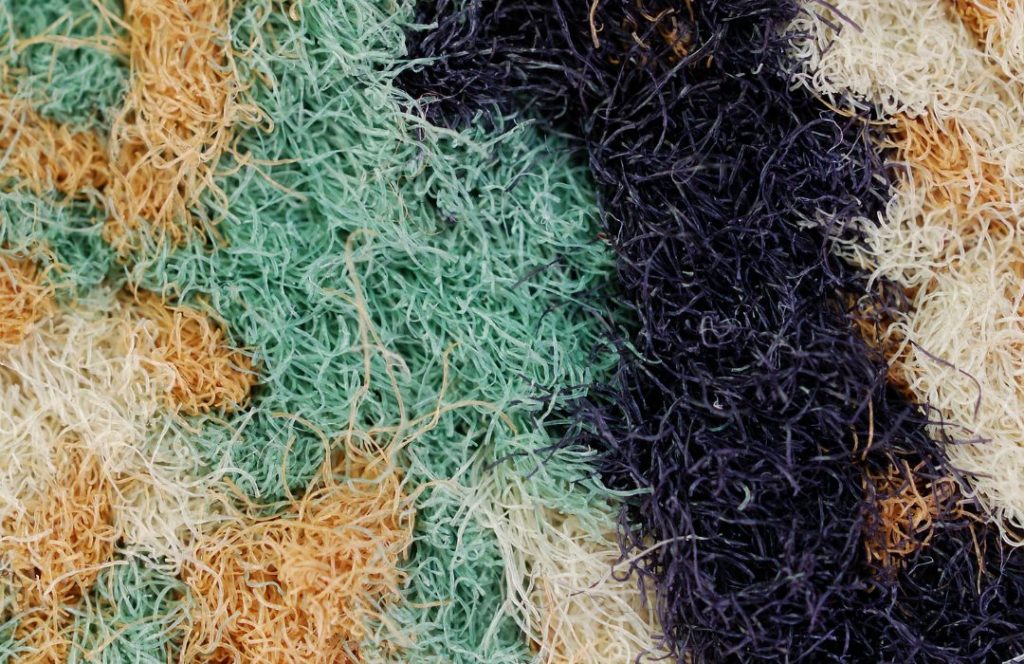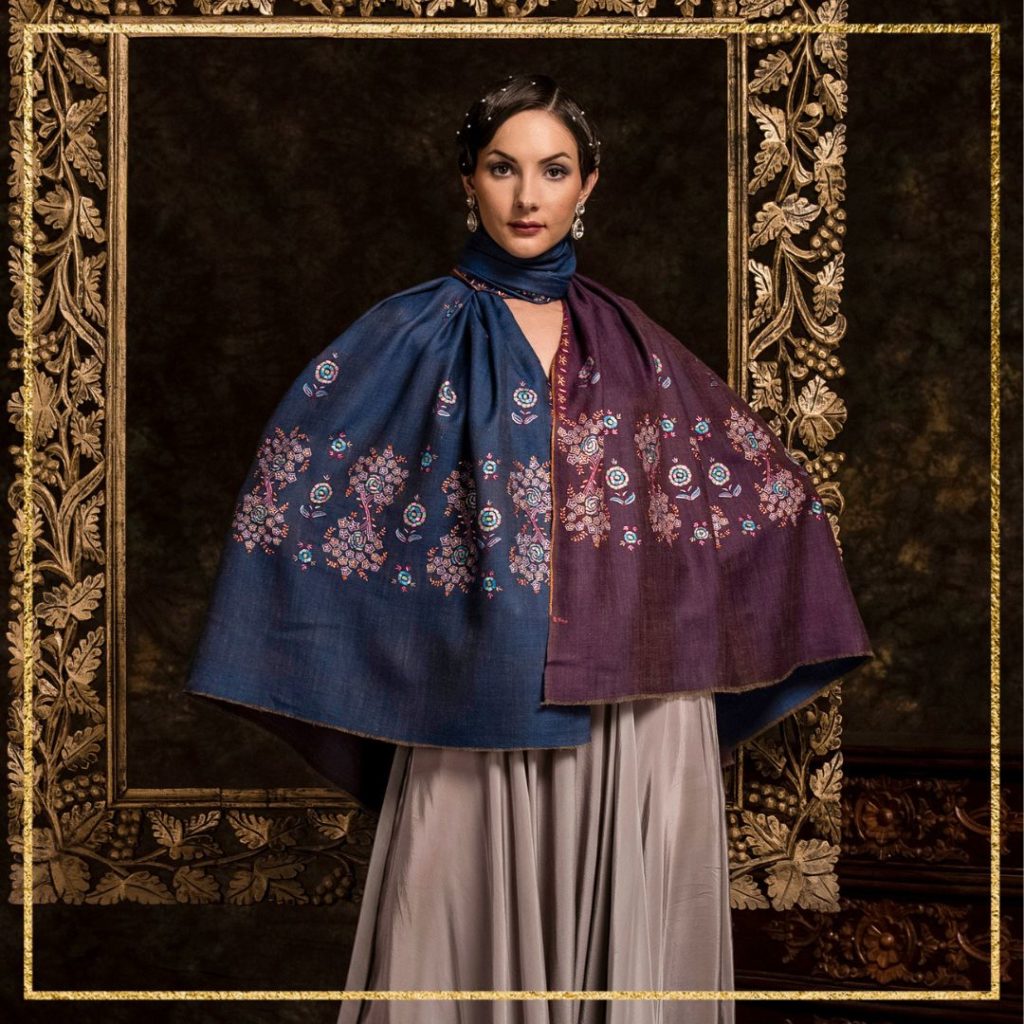Whenever we go out to shop for new outfits and fabric, we seldom ask ourselves a question. “What brought this fabric into the world”, or, “What is the source of this fabric”. As long as the garments fit us or fabric looks warm or breezy, depending upon the season, we invest in it blindly. Seldom do we care how the clothes we wear came into existence? Well, we should. There are tons of textiles and hence fashion outfits and each has its own characteristics. Some have more pros than cons and vice versa. But necessarily, we should ask ourselves if the outfit is good for us as well as the planet. Based on the source, fabrics can be of two types: Natural fibres and Synthetic fibres.
While natural fibre comes from natural sources, synthetics are man-made. Both have their own benefits and disadvantages, as consumers often remain misled by sellers. Hence we take this responsibility to educate them. By doing so, the next time they go out shopping, they will know what they are picking.
What are natural fibres?

Fibres that are animal or plant-based are natural fibres, and when processed they make natural fabrics. The source of the raw material is natural. This is either knit or woven. Hence we get to the natural fabric. The natural fibre is of two types: animal-derived and plant-derived. The source of Animal-derived fibres are animals. For example, wool, comes from sheep, or silk that comes from silkworms. On the other hand, plant-based fibre is derived from plants. The best examples are cotton and jute. Let us check other varieties of natural fibres.
Varieties of Natural fabrics
Natural fabrics have existed ever since man covered his body. Man wore animal skin or leaves to cover his body. It is, since then, that natural fibre has been used. To this day, a large number of varieties have been discovered as far as natural fabrics are concerned. Here are a few:
- Cotton: Cotton comes from cotton plants, and is considered the ideal fabric for summers. It is soft, fine, durable and exceptionally comfortable to wear.
- Silk: Silk fabric comes from silk fibre which is produced by silkworms. The silk fibre is strong, beautiful, and fairly strong and durable.
- Leather: leather is made from animal skin. Because of its high strength, it is used to make bags and shoes besides apparel.
- Linen: Linen is one of the oldest fibres, which is derived from flax plants. It is washable, taut and non-allergenic
- Cashmere: Cashmere is animal hair derived from goats. It is used for making finer garments or luxury winter wraps.
- Bamboo: Bamboo is derived from the bamboo plant. It is popular for being super soft, breathable, durable and easy to care for.
- Wool: Wool simply comes from sheep. Wool is warm, durable, comfortable and inexpensive. It is the most popular choice amongst women to shop for woollen garments as soon as winter starts
Advantages of natural fabrics
Natural fabrics are good for their users as well as the environment. Being sustainable for the environment, these fabrics are biodegradable, breathable, durable, and have a long life. Cotton, for example, can be even grown organically. This variety is called organic cotton. Even though it is very expensive, it is the safest for the planet.
Natural fabrics have high absorption qualities. This helps with ventilation and breathability and leaves your skin dry without causing irritability and dampness. This makes natural fabrics the best option for those with sensitive skin as it does not cause rashes or allergies.
What are synthetic fibres?

Fabrics that are made from man-made fibres are synthetic fabrics. These are formed with the help of a chemical process. During these chemical processes, the synthetic fibres are extracted with the help of a device called a spinneret.
Synthetic fabrics have one huge advantage they are cheap, as compared to the fairly expensive natural fabrics. Owing to this, synthetic fibres grew more and more in popularity among the masses and became an alternative to natural fabrics. An example of this would be the use of polyester. Polyester grew so much in demand that it became an easy alternative for cotton.
Varieties of synthetic fibres
The textile industry began creating synthetic fibres as they were cheap and easily produced alternatives to expensive natural fibres. Here are a few synthetic fibres which are produced using a spinneret, which takes polymers to form fibres:
- Polyester: Polyester is formed from coal and petroleum. It is durable, but unfortunately not breathable. Even though women wear it in summer, it causes them to sweat.
- Rayon: Rayon is semi synthetic. It is used in place of wool or silk at times. Some examples of rayon are modal, viscose, and lyocell.
- Acrylic: Acrylic are synthetic fibres that are made from a certain polymer type. It has heat retention qualities, and hence it is used to make fur garments.
- Spandex: Spandex, also known as lycra, is a synthetic fibre which has extreme elasticity. It is blended with other fibres to add stretch to garments like jeans, leggings, and some hosiery items
- Microfibres: These are thin and short fibres, with diameter less than 10 micrometres. Microfibers are used for cleansing clothes, owing to their dirt trapping ability. They are made from polyester.
Advantages of synthetic fibres
Synthetic fibres are very inexpensive and cheap, especially in their raw form. Hence many choose them over natural fibres for the same reason. These fabrics are also much stain resistant, and some resist staining completely. Hence they are preferred for daily wearing. Synthetic is water resistant also, hence make the perfect choice for rainy seasons.
Also read: KASHMIRI SHAWLS IN MID-VICTORIAN NOVELS
Is Pashmina a natural fabric?

Pashmina shawls, wraps, apparel and more are made from Cashmere, which comes from the hair of a goat species. Hence it is a natural fabric, that is warm, soft, breathable yet expensive.
But the advantages of this luxury fabric are many. It is safe for the environment as it is sustainably processed. Moreover, it is exceptionally warm for the winters yet breathable, lightweight yet balmy and pleasant, and timeless yet in vogue forever.
Also read: WHICH COUNTRY HAS THE BEST CASHMERE?